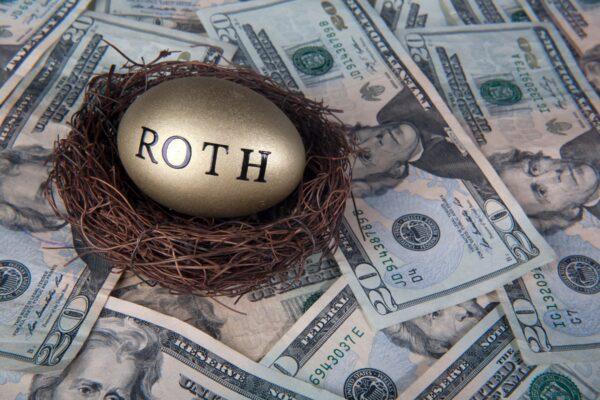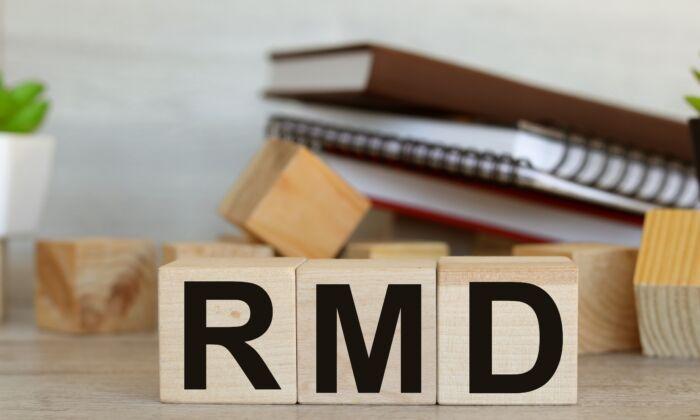When you make a contribution to a traditional Individual Retirement Account or 401(k), the tax liability on the funds you contribute is deferred until you take the money out of the account. That allows you to take full benefit of the interest earned by those accounts.
But, the government is going to get its tax dollars from you at some point, and that occurs when you withdraw funds from your retirement accounts. The IRS imposes Required Minimum Distributions (RMD) from retirement accounts to prevent you from avoiding the taxes owed on those contributions, and to keep you from hoarding cash.
An RMD is the amount you must withdraw from your account every year after the RMD period begins. Roth IRAs, however, do not require withdrawals until the account owner passes away.
Types of Accounts That Include RMDs
Most accounts that allow you to put money away for use as income in retirement include RMDs. Those accounts include 401(k), 403(b), and 457(b) plans, traditional IRAs, IRA-similar plans such as a Simplified Employment Pension Plan (SEP), and a Savings Incentive Match Plan for Employees (SIMPLE IRA). Roth 401(k) accounts also include RMDs.However, there are differences in how RMDs are applied depending on the type of retirement account you have.

When You Must Begin Taking RMDs
The law changed in December 2019.Amount I Must Withdraw in an RMD
In most cases, you can determine the amount of your RMD by dividing the balance of the account by the life expectancy factor determined by the IRS as of December 31 each year. The IRS has a complicated table that determines the life expectancy factor for individual account owners.The money will be included in your taxable income for the year in which you make the withdrawal. Some qualified distributions from Roth IRA accounts remain tax-free even upon distribution.
Since the RMD amount is different for individuals based on their current age and life expectancy, estimating an RMD will therefore be context specific. However, the amount is determined by a percentage of the balance on the account, and those percentages range between 3.5 percent and 4 percent of the balance annually.
An RMD must be taken from every account an individual has when they reach the age of 70 years and 6 months.
Returning the Distribution Amount to the Retirement Account
Individuals can do whatever they want with the RMD funds, including recontribute to the retirement account. That reinvested money will eventually be taxed again when the fund is depleted, as will any interest earned on the reinvested funds.Unwilling to Take an RMD
The word “required’’ is in the title, so you must do this. If you do not, you will be taxed at 50 percent of the amount you were required to take out according to the IRS calculation.
In Case of Death
When a defined contribution plan or IRA account owner dies, no matter the person’s age, the entire balance in the participant’s account must be distributed to beneficiaries within 10 years of death. That may not be the case if there is a surviving spouse or the beneficiary is a child who has not yet reached the legally mandated age of majority (18 or 19, depending on the U.S. state in which the child lives).Options
You really do not have options regarding any accounts that include RMDs. Your options occur when you determine where to make contributions to retirement accounts.The Epoch Times Copyright © 2022 The views and opinions expressed are only those of the authors. They are meant for general informational purposes only and should not be construed or interpreted as a recommendation or solicitation. The Epoch Times does not provide investment, tax, legal, financial planning, estate planning, or any other personal finance advice. The Epoch Times holds no liability for the accuracy or timeliness of the information provided.






